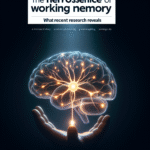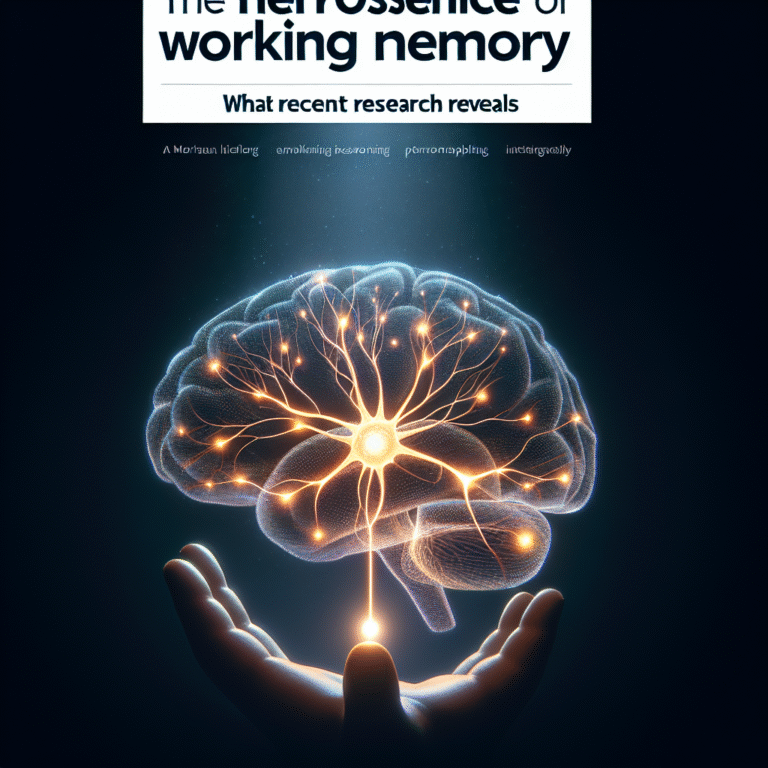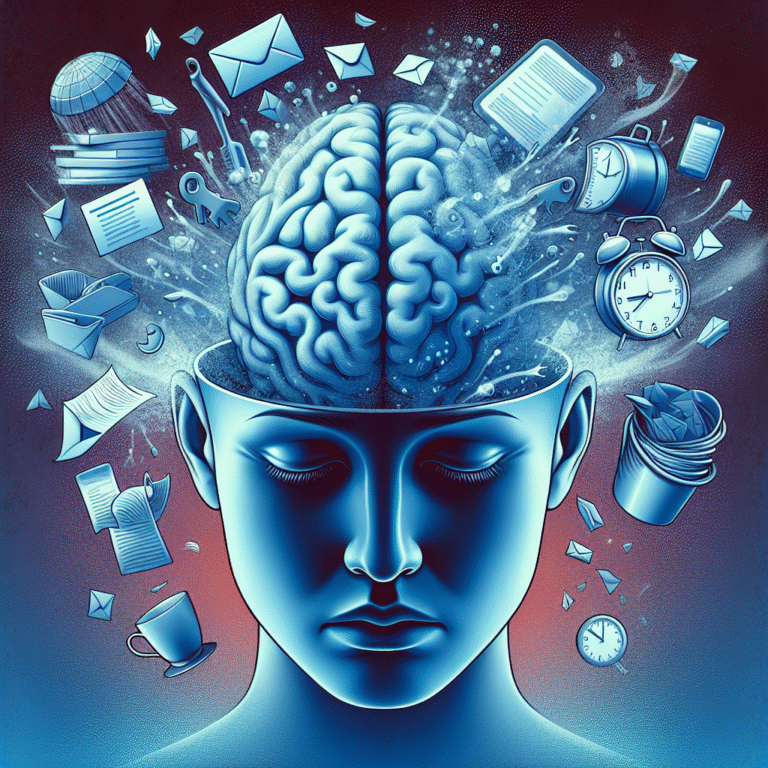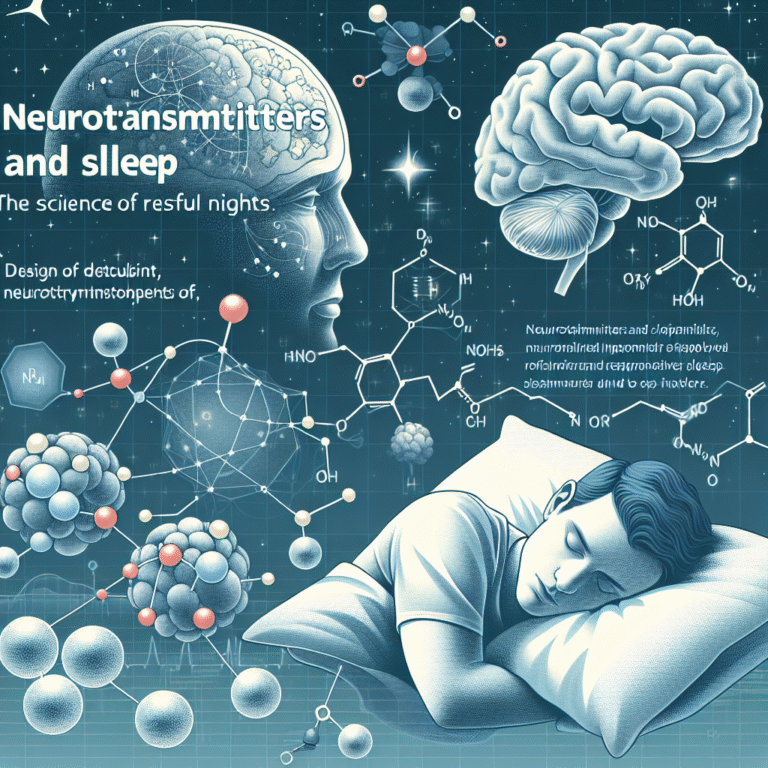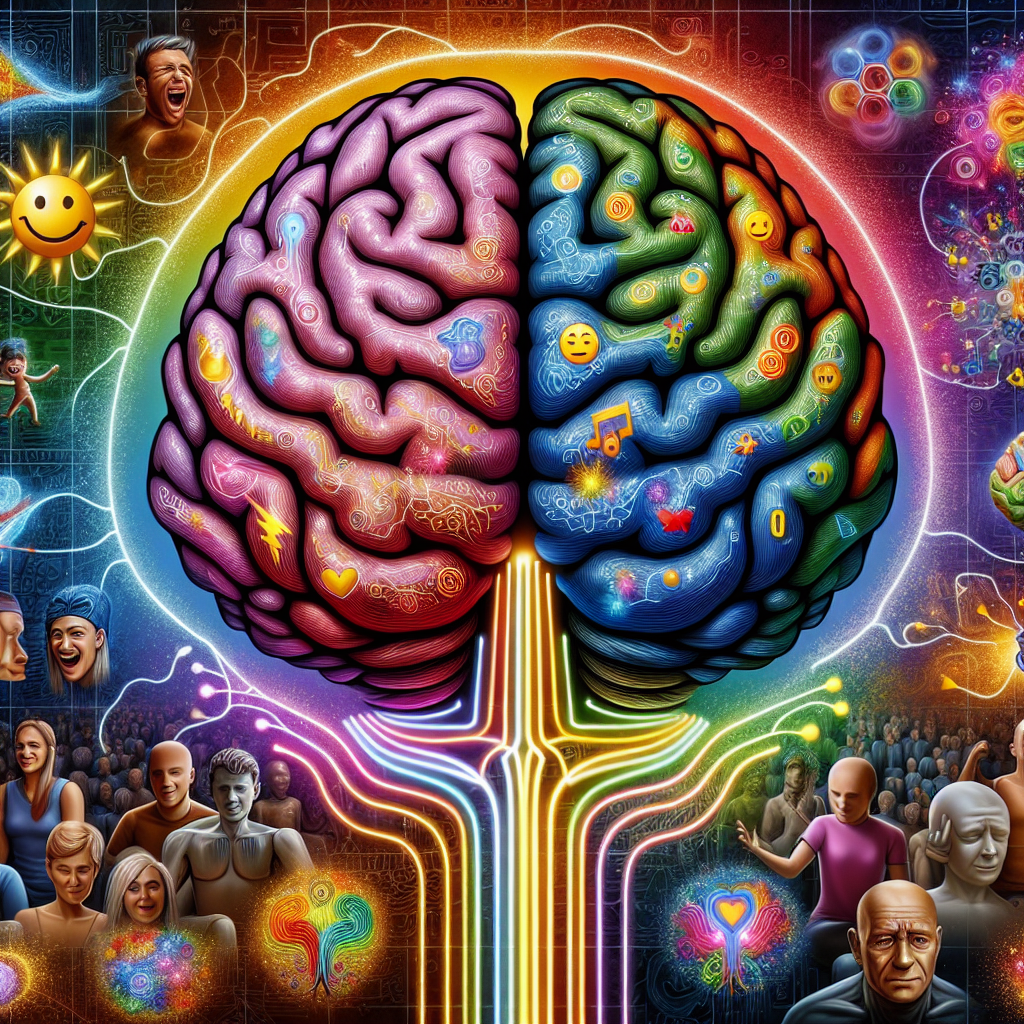
Introduction
Imagine this: you’re scrolling through your phone, and suddenly you land on an old photo from your childhood. Instantly, a wave of nostalgia sweeps over you, transporting you back to a moment filled with joy, laughter, and warmth. This experience illustrates a profound truth about human cognition: The Role of Emotion in Memory Formation: Why We Remember Certain Moments is not just a psychological theory; it’s a universal experience that shapes our lives. Emotions act as powerful anchors that enable us to recall vivid details of particular moments, providing a framework for understanding why some memories linger while others fade into obscurity.
In this article, we will delve into the intricate relationship between emotion and memory. We’ll explore neurobiological mechanisms, psychological theories, and real-world case studies that illuminate the essence of why we remember certain moments and forget others. By the end, you will have a deeper appreciation for how the interplay of our feelings shapes our narratives and experiences.
Understanding Emotion and Memory: The Science Behind the Connection
The Neuroscience of Emotion in Memory
Emotions are more than fleeting feelings; they are complex physiological responses that significantly influence our cognitive processes. The amygdala, a small almond-shaped cluster of nuclei located within the temporal lobe, plays a pivotal role in our emotional responses. Research has shown that when we experience strong emotions, the amygdala activates the hippocampus, the area of the brain responsible for forming new memories.
Table 1: Key Brain Areas Involved in Emotion and Memory
| Brain Region | Function |
|---|---|
| Amygdala | Processes emotions, especially fear and pleasure, and enhances memory encoding. |
| Hippocampus | Critical for the formation of new memories and spatial navigation. |
| Prefrontal Cortex | Involved in decision-making, social behavior, and personal expression, which influences emotional regulation. |
Emotional Memory: A Layered Experience
The Dual-Process Model of Memory
Psychologists often refer to a dual-process model of memory, where emotional and non-emotional memories are encoded differently. Emotional memories tend to be more vivid and detailed because strong feelings create potent neural pathways in an individual’s brain.
Case Study: The Challenger Disaster
One poignant example of this concept is the memory of the Challenger disaster in 1986. Many individuals who watched the event unfold reported their memories as extremely vivid, filled with emotional reactions such as shock and disbelief. In interviews conducted years later, witnesses were often able to recall minute details about that fateful day, illustrating the impact of strong emotions on memory formation.
The Role of Narrative in Emotional Memories
Narratives can also amplify emotional experiences, making them more memorable. When we weave our emotions into stories, we create a deeper connection to those moments, further solidifying them in our memories.
Case Study: Personal Narratives of Grief
Consider the accounts of individuals grieving the loss of a loved one. Personal narratives often highlight how the experience of grief and loss shapes their memory of that person. Emotionally charged recollections often surface during storytelling, influencing how these memories are recalled and passed on.
The Factors Influencing Emotional Memory
Individual Differences in Emotion and Memory
Not everyone processes emotional memories in the same way. Factors such as personality, culture, and past experiences play crucial roles in how we remember emotionally charged events.
Chart 1: Factors Influencing Emotional Memory
| Factor | Impact on Emotion and Memory |
|---|---|
| Personality Type | Introverts may internalize emotions, while extroverts may associate memories with social context. |
| Age | Younger individuals often have more vivid emotional memories due to a higher level of brain plasticity. |
| Cultural Background | Cultural norms can dictate which emotions are expressed and remembered. |
Case Study: Cross-Cultural Perspectives on Emotions
A study comparing Japanese and American students revealed significant differences in how cultural background impacts emotional memory. Japanese students often recalled memories involving group dynamics and interpersonal relationships, while American students focused on individual accomplishments, highlighting the influence of cultural contexts in shaping emotional memories.
The Impact of Emotionally Charged Events on Memory Formation
Pivotal Life Events
Certain life events, particularly those that evoke strong emotions, can serve as turning points in our personal narratives. These moments can be categorized as either positive or negative, but both types provide significant emotional impact.
Case Study: The Wedding Day Experience
Consider the wedding day — a day filled with joy, love, and celebration. Many individuals vividly recall various facets of the day due to the emotional intensity surrounding the event. The laughter, the vows exchanged, and even moments of anxiety are etched into memory. These experiences are often retold and shared, further solidifying their place in our emotional narratives.
Why We Forget: The Antithesis of Emotion in Memory
The Role of Forgetting
While emotions help anchor certain memories, they also play a role in forgetting others. The emotion of fear, for example, can create a barrier to memory retrieval. Stressful or traumatic events can lead to forms of amnesia or difficulties in recalling information.
Case Study: PTSD and Memory
Post-Traumatic Stress Disorder (PTSD) is a clear example of how negative emotions can hinder memory formation. Individuals with PTSD may struggle to recall positive memories while experiencing intrusive thoughts related to trauma. This underscores the complexity of emotion’s role in memory formation.
Practical Applications: Using Emotional Memory to Our Advantage
Emotions in Learning and Education
Understanding The Role of Emotion in Memory Formation: Why We Remember Certain Moments has practical implications, especially in educational settings. Studies have shown that incorporating emotional elements into lessons can enhance retention rates among students.
Best Practices for Educators:
-
Use Storytelling: Share personal narratives or case studies to create emotional connections with the material.
-
Create a Safe Emotional Environment: Allow students to express emotions, fostering a conducive atmosphere for learning.
- Incorporate Visual Aids: Visual elements paired with emotional narratives can enhance recall.
Therapeutic Approaches
Mental health professionals often harness the power of emotional memory during therapy. Techniques such as narrative therapy and exposure therapy rely on the deep connections established by emotional experiences.
Conclusion: Embrace the Emotion in Memory
The Role of Emotion in Memory Formation: Why We Remember Certain Moments reveals the intrinsic connection between how we feel and how we remember. Emotions are powerful catalysts that shape our memories and define our experiences. By understanding these dynamics, we can enhance our personal narratives and foster deeper connections with others.
As you navigate your own life, pay attention to those moments that trigger an emotional response. They are not just fleeting feelings; they are significant anchors in the vast ocean of your memory. Embrace them, and let them guide you to a richer, fuller experience of life.
FAQs
1. Why do we remember certain moments more vividly than others?
Moments that evoke strong emotions tend to create potent neural connections, making them easier to recall.
2. Can emotions distort our memories?
Yes, strong emotions, particularly fear or trauma, can lead to altered or incomplete memories, affecting how we recall events.
3. What role does culture play in emotional memory?
Culture shapes how we express and perceive emotions, influencing which memories we prioritize and how we retell them.
4. How can educators enhance learning through emotional connections?
Incorporating storytelling and emotional elements into lessons can significantly boost retention rates among students.
5. What therapeutic methods utilize emotional memory?
Techniques like narrative therapy and exposure therapy harness the strength of emotional memories to facilitate healing and growth.
By understanding how deeply emotions are intertwined with the fabric of our memories, we can leverage these insights for personal growth and impactful storytelling, enriching our lives and the lives of those around us.

